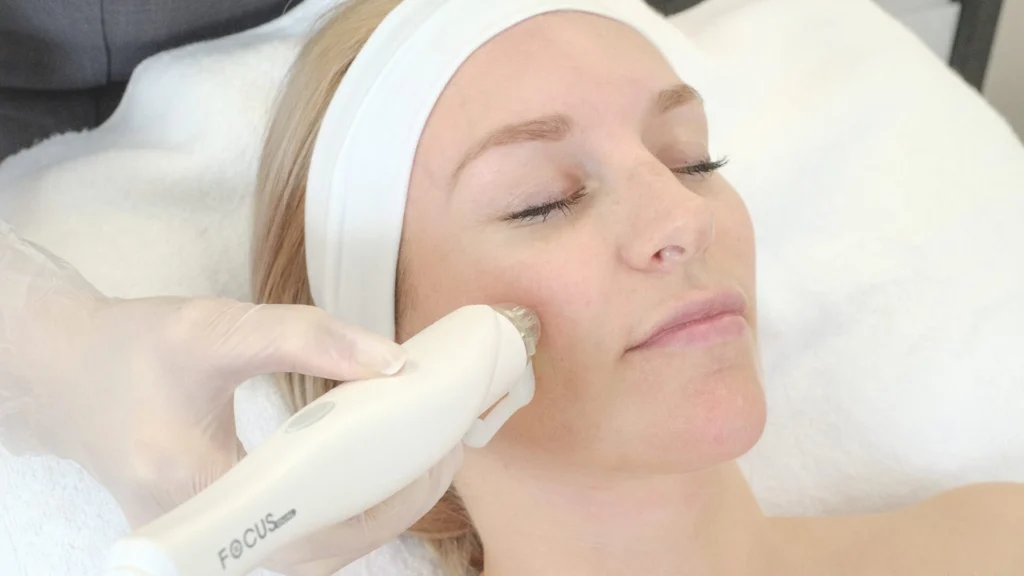Getting Rid of Acne Scars
Acne scars, especially on your face, can be very upsetting. They are difficult to cover with make-up, and most of all, after you cover up acne scars with make-up, you will see them again when you wash. They can be psychologically distressing, so how to get rid of Acne Scars?
Why do I get Acne Scars?
When we get acne breakouts, collagen is produced to heal skin damage. When we don’t have enough collagen or produce too much collagen, acne scars can be formed. Some people are genetically prone to acne scars, and external factors such as picking/scratching can also traumatise the skin tissue and leave scars.
Types of Acne Scars
There are 3 main types of acne scars:
1. Ice Pick
They are small deep V-shaped scars that look like small round holes. These are the most difficult type of acne scars to remove as they are very deep.
2. Rolling
When you get rolling scars, your skin looks uneven, with round edges, usually caused by long-term acne. They look more noticeable as we age, and the skin loses the laxity.
3. Boxcar
These are wider, U-shaped scars that have sharp edges. They can be shallow or deep.
What can I do to treat Acne Scars?
There are many home care products available, but if you want to get the best results, professional acne scar treatment such as RF Microneedling, Chemical Peeling, Dermabrasion or Laser resurfacing treatments are available to reduce their appearance.
Why use RF Microneedling to treat Acne Scars?
The main reason I love RF Microneedling compared to other methods is the healing time. RF Microneedling has hardly any downtime and you can go back to everyday life very quickly.
Another reason is that the Radio Frequency energy produced gives a further boost to our collagen production improving the skin texture of deep acne scars as well as Shallow scars.
How many sessions do I need?
Getting rid of acne scars is not easy, but to get a good reduction in visibility we recommend a minimum of 6 sessions, with treatments every 4 weeks to get the best results.



